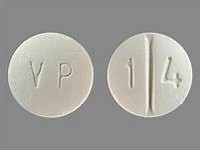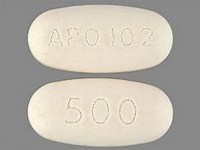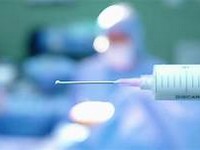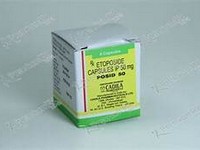Apomorphine hydrochloride

Apomorphine hydrochloride
CLINICAL USE
Treatment of refractory motor fluctuations in
Parkinson’s disease
DOSE IN NORMAL RENAL FUNCTION
3–30 mg daily in divided doses (maximum
single dose 10 mg); infusion: 1–4 mg/hour
during waking hours
Maximum dose 100 mg daily
PHARMACOKINETICS
Molecular weight :
312.8
%Protein binding :
90
%Excreted unchanged in urine :
<2
Volume of distribution (L/kg) :
2–19
half-life – normal/ESRD (hrs) :
29.1–36.9 minutes
DOSE IN RENAL IMPAIRMENT
GFR (mL/MIN)
20 to 50 : Dose as in normal renal function.
Start with 1 mg
10 to 20 : Dose as in normal renal function.
Start with 1 mg
<10 :
Dose as in normal renal function.
Start with 1 mg
DOSE IN PATIENTS UNDERGOING RENAL REPLACEMENT THERAPIES
CAPD :
Unlikely to be dialysed. Dose as in
GFR <10 mL/min
HD :
Unlikely to be dialysed. Dose as in
GFR <10 mL/min
HDF/high flux :
Unlikely to be dialysed. Dose as in
GFR <10 mL/min
CAV/VVHD :
Unlikely to be dialysed. Dose as in
GFR 10 to 20 mL/min
IMPORTANT DRUG INTERACTIONS
Potentially hazardous interactions with other drugs
Nitrates: enhanced hypotensive effect
Antihypertensives: enhanced hypotensive
effect
ADMINISTRATION
Reconstition
–
Route
SC
Rate of Administration
1–4 mg/hour
Comments
Change site every 4 hours for SC
administration
OTHER INFORMATION
Pre-treatment with domperidone is
required for at least 2 days before and at
least 3 days after treatment
Bioavailability by subcutaneous
administration is 17–18%
Most of dose is excreted in the urine as
active metabolites
See how to identify renal failure stages according to GFR calculation
See how to diagnose irreversible renal disease
Home









